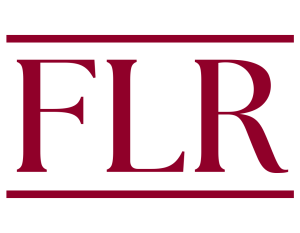The consumer expectations standard for design defect has been the subject of fierce debate since its inception. Though many see it as the test that best reflects the plaintiff-friendly goals of products liability, others critique it as vague, outdated, and ripe for jury misuse. Once the primary test for design defect under the Restatement (Second) of Torts, the consumer expectations test has since been rejected by the Restatement (Third) of Torts, and its use has been eliminated or restricted in approximately half of all states in favor of the risk-utility test. Much of the reasoning behind this growing rejection revolves around the idea that juries cannot handle—or cannot be trusted to handle—design defect cases under the consumer expectations standard, which critics consider impractical and overly vague.
This Note explores the ways that states have crafted their design defect standards in the wake of the Restatement (Third) and evaluates the reasoning behind their choices to restrict or support the use of the consumer expectations test. In light of the way that consumer expectations jurisdictions have evolved their inquiry from the original test endorsed by the Restatement (Second), this Note argues that the common critiques against consumer expectations are themselves dated and unrepresentative of the test’s capabilities, practical value, or rigor. Not only does this Note show that the basis for many states’ and scholars’ rejection of consumer expectations is built upon a caricature, it also demonstrates that the standard itself is sophisticated and helps meet a need within products liability that the risk-utility test alone cannot. This Note does not advocate for the elimination of other design defect standards such as “risk-utility.” Instead, it simply advises that consumer expectations be included within all design defect frameworks, as the standard is a necessary tool to level the playing field for plaintiffs in products liability cases.

